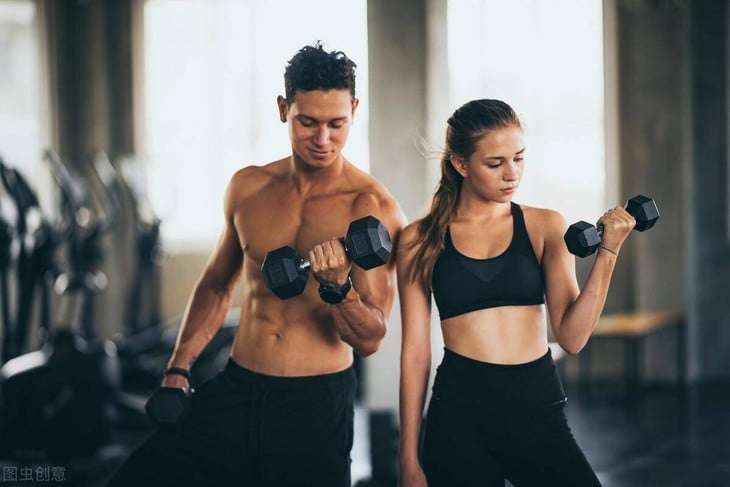
Most people's bodies will decline after the age of 36 - Photo: TN
Why will age 36 decline?
Many studies have shown that by the age of 36, most people's bodies will decline significantly in terms of physical strength, muscle mass, and physiological indicators.
According to research from Ball State University (USA), the VO2 max index - a measure of the body's ability to absorb and use oxygen, reflecting cardiopulmonary endurance, begins to decrease from the age of 25 at an average rate of about 1% per year.
By age 36, the total decline can be as high as 10–12% from peak. A low VO2 max means that the athlete becomes short of breath, tires early, and cannot sustain high-intensity exercise for as long as before.
Another factor to consider is muscle mass. According to expert Roger Fielding of the Center for Nutrition and Aging at Tufts University (USA), the body begins to lose muscle significantly after the age of 35, at a rate of 1 to 2% per year if you do not do regular resistance training.
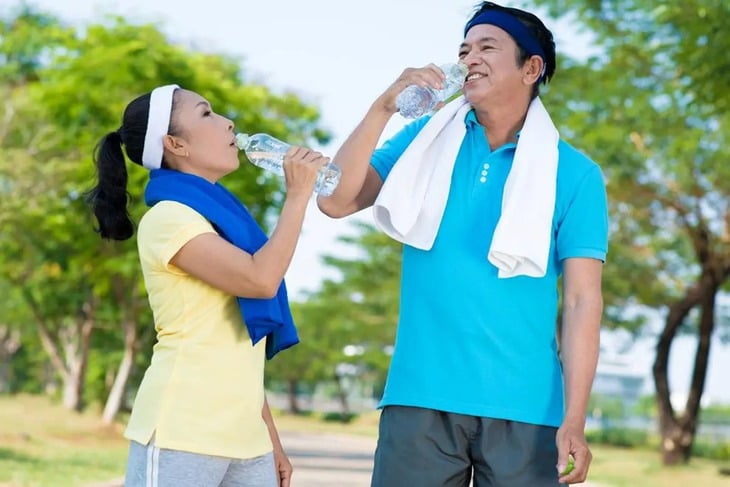
At 36, you can't continue like you're 30 - Photo: CN
Not only do people lose muscle size, they also lose fast-twitch muscle fibers – the type of muscle that plays a key role in high-intensity activities such as jumping, accelerating, or lifting heavy weights.
Additionally, the hormone testosterone – an important factor in maintaining muscle, strength and recovery – also begins to decline significantly after age 30.
A study published in the Journal of Clinical Endocrinology & Metabolism found that the average man's testosterone levels decline by about 1% each year, and by age 36, the decline is enough to affect exercise performance if lifestyle adjustments aren't made.
In fact, many people in their 30s start to feel the change. They are more likely to have persistent soreness after each workout, need more time to recover, and if they do not control their technique well, they are more likely to injure their knees, lower back or shoulders.
The "all-out" training that worked at 25 is now counterproductive.
Need to change exercise habits
Faced with these changes, adjusting your workout routine is not only necessary but mandatory if you want to maintain long-term performance.
1. Reduce high intensity sports
According to expert Fielding, exercisers need to adjust the intensity of their training to a moderate level. High-intensity sports are advised to reduce the duration and density, and instead increase endurance exercises and control the heart rate.
2. Heart rate
A rule of thumb recommended by many experts is to exercise in the moderate heart rate zone – equivalent to 60 to 70 percent of maximum heart rate – to optimize endurance while still protecting the cardiovascular system.
This is also called heart rate zone 2 in the heart rate zoning method during exercise.
3. Weight training is quite important
Studies have shown that just two sessions per week of total body weight training, at 70 to 80 percent of your maximum capacity, can significantly slow down the muscle loss that comes with aging. The movements should be slow and steady, rather than the fast, powerful, high-rep style of your youth.
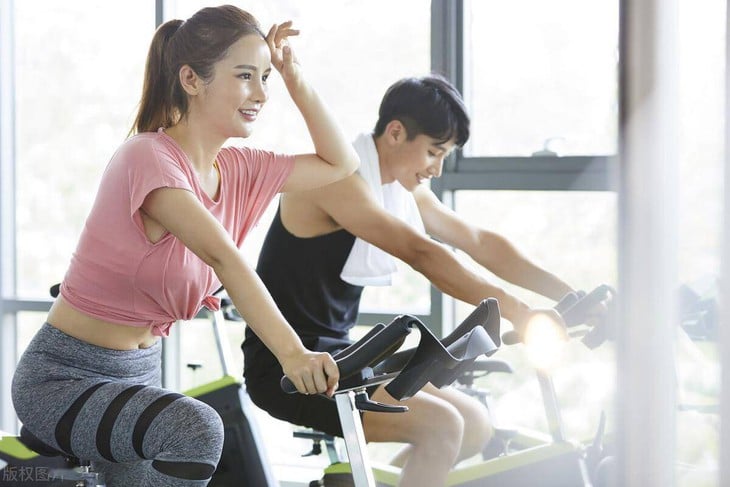
Endurance training forms need to be increased - Photo: CN
Prioritize post-workout recovery
Next, prioritize post-workout recovery and flexibility. Adding yoga, active stretching, foam rolling, or light walking between heavy workouts will help reduce inflammation, increase circulation, and aid in more effective muscle regeneration.
Getting enough sleep and eating enough protein also play a role. The recommendation for people 36 and older is to consume 1.6 to 2.0 grams of protein per kilogram of body weight per day if they exercise regularly.
Not everyone ages the same after 36. The difference lies in their attitude to their bodies. Those who accept adjustments, understand their physiological limits, and change their training style will continue to perform well long-term, even outperforming their younger, sedentary counterparts.
Conversely, anyone who continues to push themselves at the same intensity will soon face pain, joint degeneration or persistent injury.
Source: https://tuoitre.vn/36-tuoi-nguong-tuoi-phai-thay-doi-thoi-quen-tap-the-thao-20250719080129903.htm


![[Photo] President Luong Cuong receives US Secretary of War Pete Hegseth](https://vphoto.vietnam.vn/thumb/1200x675/vietnam/resource/IMAGE/2025/11/02/1762089839868_ndo_br_1-jpg.webp)


![[Photo] Lam Dong: Images of damage after a suspected lake burst in Tuy Phong](https://vphoto.vietnam.vn/thumb/1200x675/vietnam/resource/IMAGE/2025/11/02/1762078736805_8e7f5424f473782d2162-5118-jpg.webp)




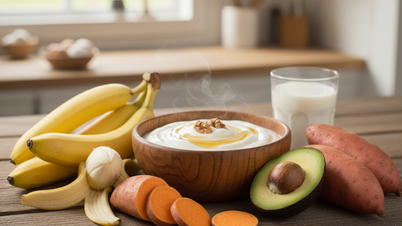


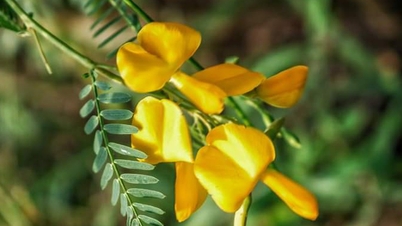

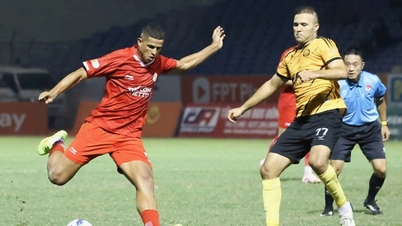



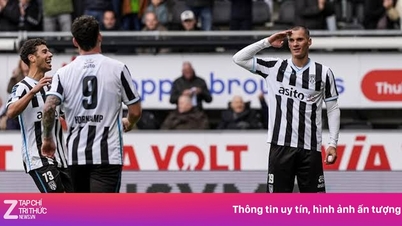








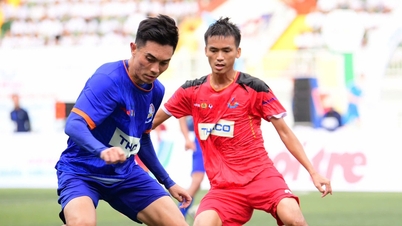









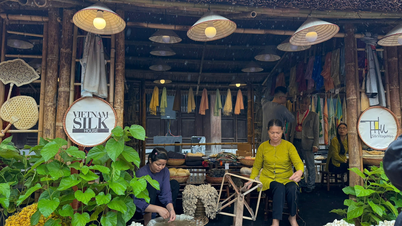






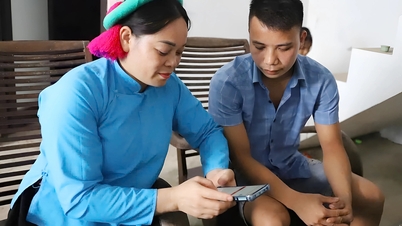







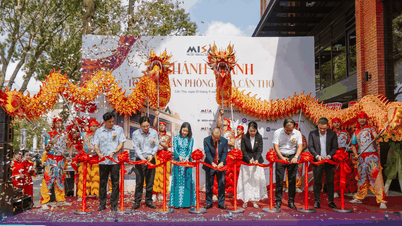




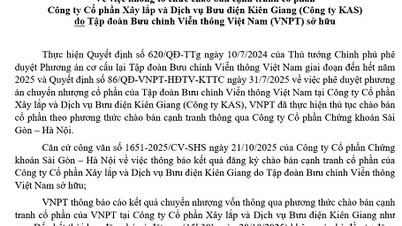






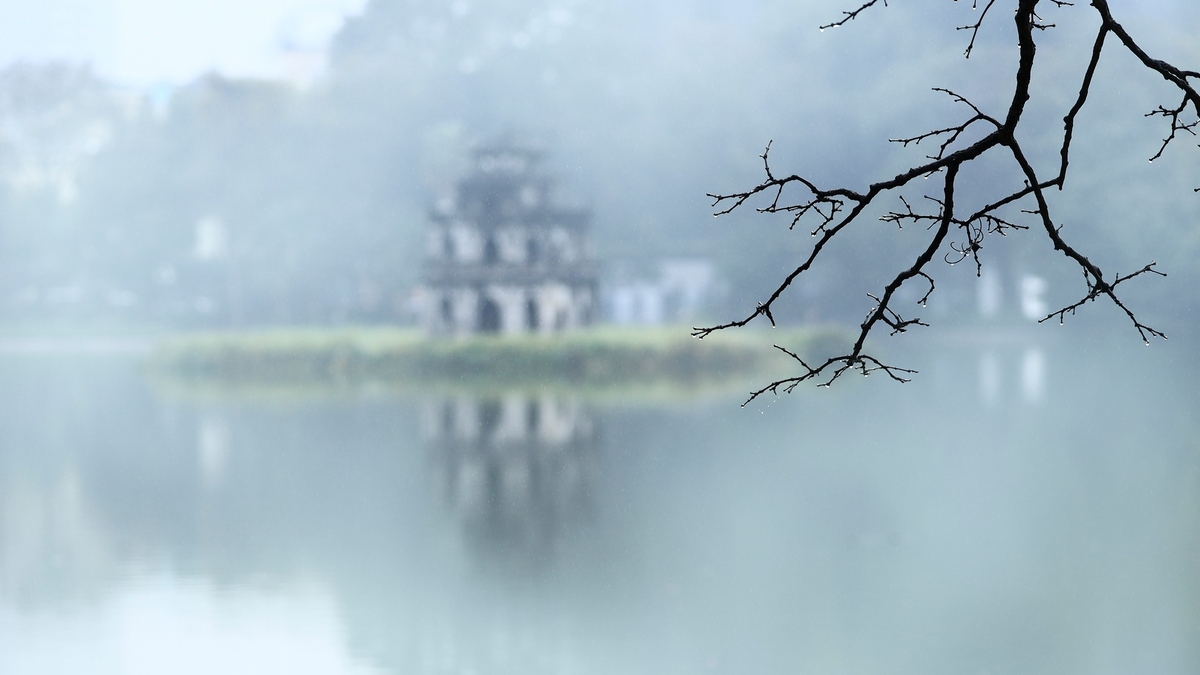


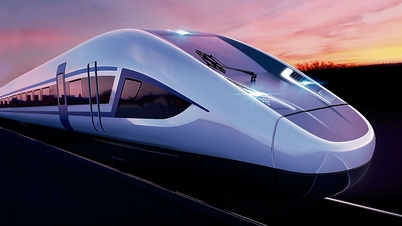







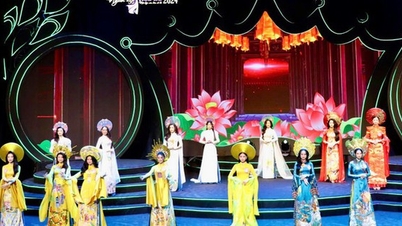

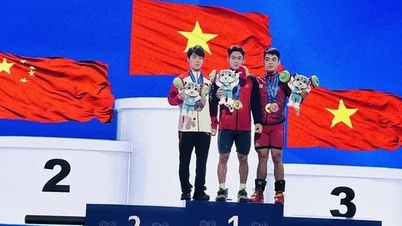





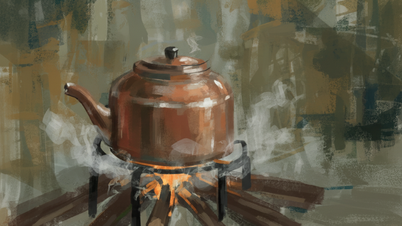

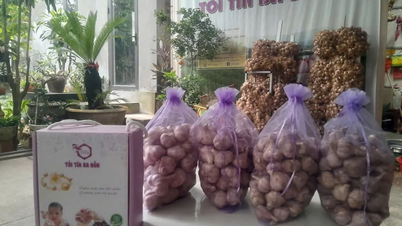

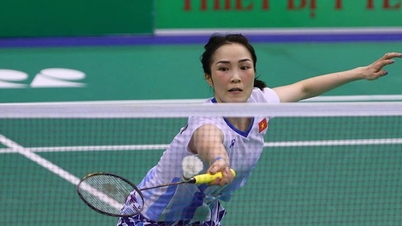













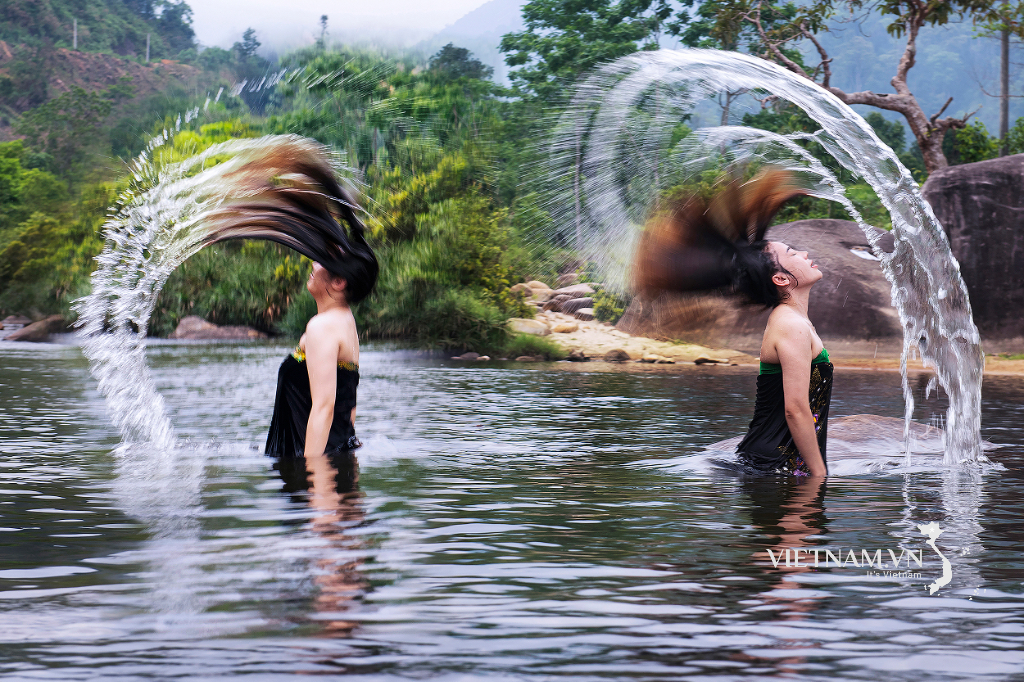
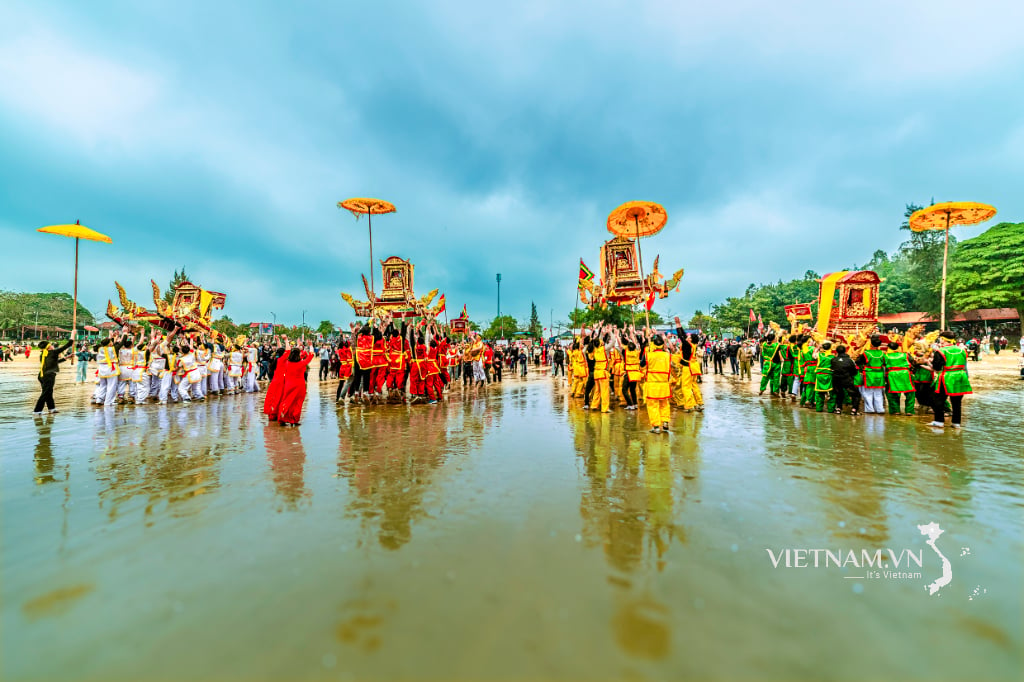

Comment (0)